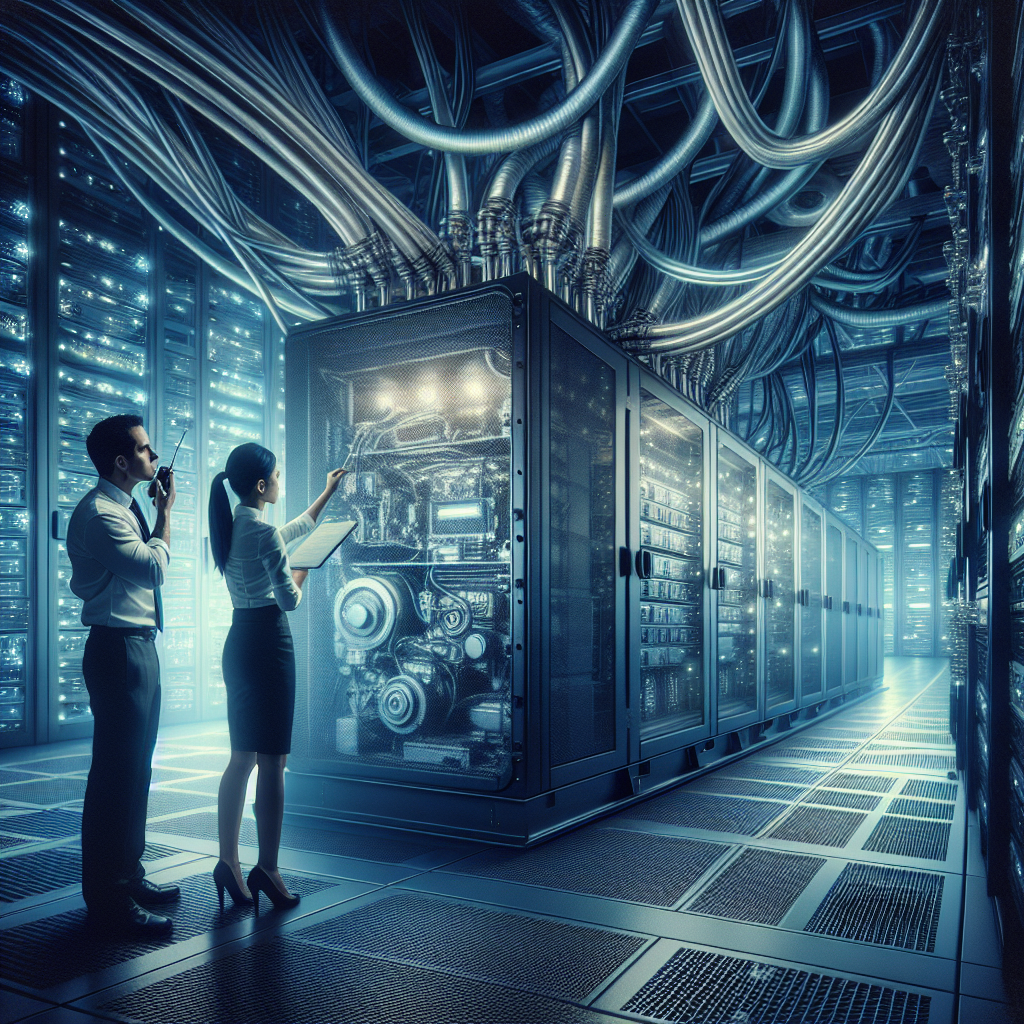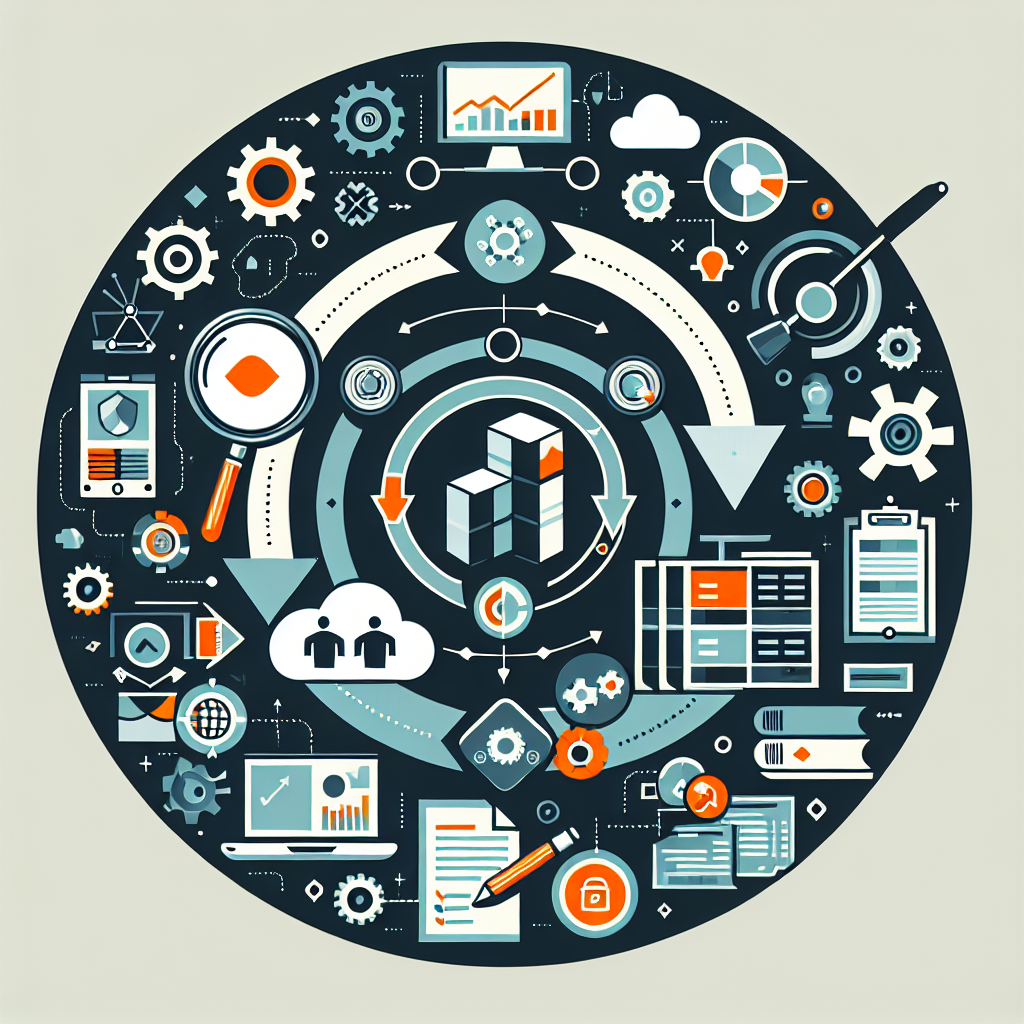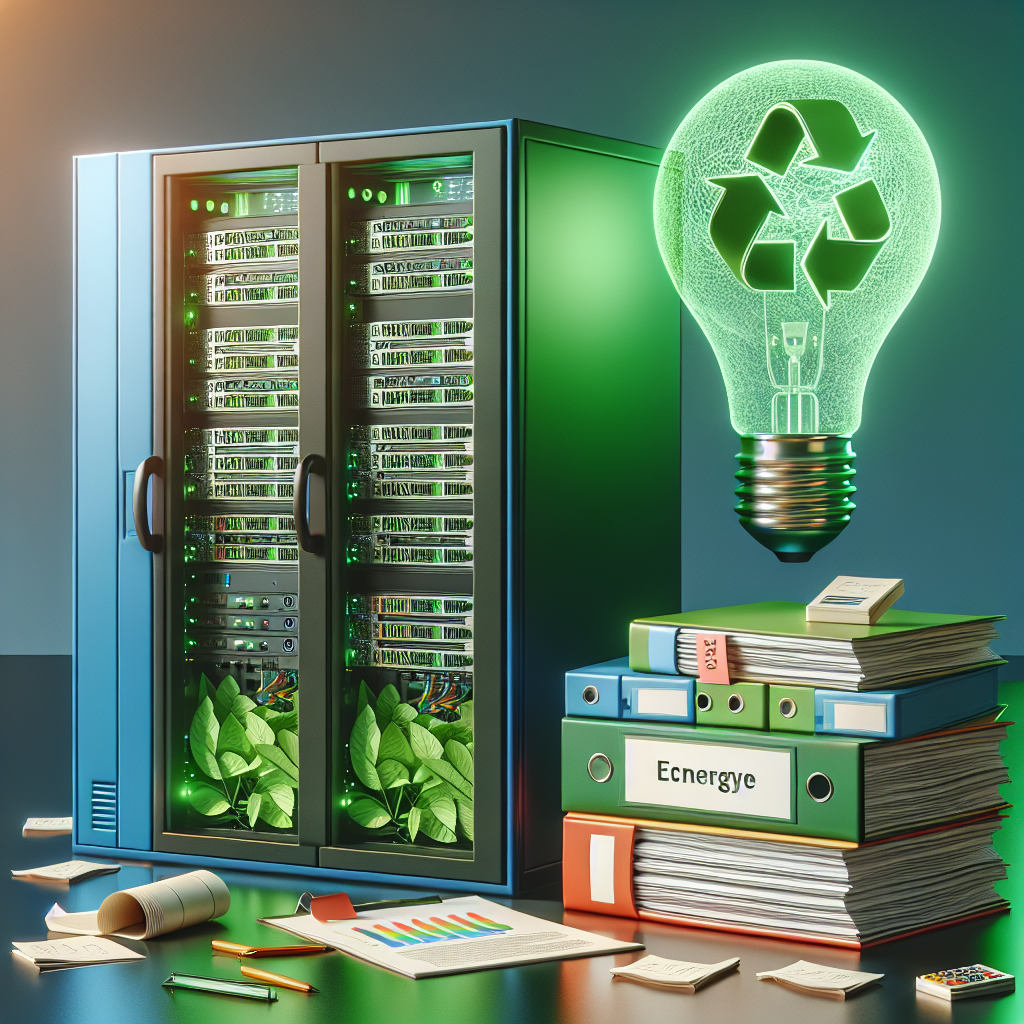Your cart is currently empty!
Tag: Case

The Business Case for Investing in Data Center Energy Efficiency
Data centers are the backbone of the digital economy, powering everything from social media platforms to online shopping sites. As the demand for data continues to grow exponentially, so does the energy consumption of data centers. In fact, data centers are estimated to consume about 3% of the world’s electricity supply.With such a significant impact on energy consumption, it’s no surprise that many businesses are looking for ways to improve the energy efficiency of their data centers. Not only does this help reduce their carbon footprint and environmental impact, but it can also lead to substantial cost savings in the long run.
There are several reasons why investing in data center energy efficiency makes good business sense. First and foremost, reducing energy consumption can lead to lower operating costs. By implementing energy-saving technologies and best practices, businesses can significantly decrease their electricity bills and improve their bottom line.
Furthermore, energy-efficient data centers are more reliable and resilient. By optimizing cooling systems, improving airflow, and implementing energy management tools, businesses can ensure that their data centers run smoothly and avoid costly downtime due to overheating or power failures.
In addition, investing in data center energy efficiency can also help businesses meet their sustainability goals and enhance their corporate reputation. As consumers and investors become increasingly concerned about environmental issues, companies that demonstrate a commitment to sustainability are more likely to attract and retain customers and stakeholders.
Moreover, government regulations and incentives are pushing businesses to adopt energy-efficient practices. By investing in data center energy efficiency, businesses can not only comply with regulatory requirements but also take advantage of financial incentives and tax breaks that reward sustainable practices.
Overall, the business case for investing in data center energy efficiency is clear. By reducing operating costs, improving reliability, enhancing sustainability, and complying with regulations, businesses can benefit in multiple ways from optimizing the energy efficiency of their data centers. In today’s digital age, investing in energy efficiency is not just a smart business decision – it’s a strategic imperative for long-term success.

Case Studies: How Data Center Generators Saved the Day in Emergency Situations
In today’s digital age, data centers play a crucial role in storing and managing vast amounts of information for businesses and organizations. These data centers rely on a constant and reliable power supply to ensure that their operations run smoothly. However, there are times when unexpected emergencies such as power outages can disrupt the normal functioning of a data center. In such situations, backup generators play a vital role in keeping the data center up and running.Case studies have shown how data center generators have saved the day in emergency situations. One such example is when a severe storm knocked out power to a data center, causing a complete shutdown of their servers. Thanks to the backup generators installed at the facility, the data center was able to quickly switch to generator power and continue operating without any interruptions. This not only prevented data loss but also ensured that the business could continue to serve its customers without any downtime.
In another case, a data center experienced a sudden power outage due to a transformer failure. The backup generators kicked in immediately, allowing the data center to maintain its operations until the issue was resolved. The quick response of the generators prevented any data loss and ensured that the business could continue to function without any disruptions.
Data center generators are designed to provide reliable power in emergency situations, ensuring that critical operations can continue without interruption. They are equipped with automatic transfer switches that can seamlessly switch the power source from the main grid to the generators in a matter of seconds. This ensures that the data center remains operational even in the event of a power outage.
In addition to providing backup power during emergencies, data center generators are also crucial for testing and maintenance purposes. Regular testing of the generators ensures that they are in working order and can provide the necessary power when needed. This proactive approach helps to identify any potential issues before they become a problem, ensuring that the data center is always prepared for any situation.
Overall, data center generators have proven to be invaluable in ensuring the continuous operation of data centers during emergency situations. Their ability to provide reliable backup power has saved businesses from potential data loss and downtime, allowing them to continue serving their customers without interruption. As technology continues to advance, data center generators will continue to play a crucial role in ensuring the reliability and availability of critical data center operations.

Challenges and Solutions in Data Center Lifecycle Management: A Case Study Approach
Data centers are the backbone of modern businesses, providing the infrastructure and services necessary for storing, processing, and managing vast amounts of data. However, managing the lifecycle of a data center presents a unique set of challenges that can impact the efficiency and effectiveness of an organization’s operations. In this article, we will explore some common challenges faced in data center lifecycle management and discuss potential solutions through a case study approach.Challenge 1: Aging Infrastructure
One of the most common challenges in data center management is dealing with aging infrastructure. As data centers age, they become less efficient and reliable, leading to increased downtime and higher maintenance costs. This can have a significant impact on an organization’s bottom line and overall performance.
Solution: Data Center Migration
A case study example of addressing aging infrastructure is the migration of data centers to a new location or to the cloud. By moving to a newer and more efficient data center environment, organizations can improve performance, reduce downtime, and lower maintenance costs. This solution requires careful planning and coordination to ensure a smooth transition and minimal disruption to operations.
Challenge 2: Capacity Planning
Another challenge in data center lifecycle management is capacity planning. As data volumes continue to grow, organizations must ensure that their data centers have enough capacity to meet current and future demands. Without proper planning, organizations risk running out of space, power, or cooling capacity, leading to performance issues and potential downtime.
Solution: Data Center Consolidation
One solution to capacity planning challenges is data center consolidation. By consolidating multiple data centers into a single, more efficient facility, organizations can optimize their resources and improve scalability. This approach can help reduce operating costs, improve data center efficiency, and simplify management processes. A case study example of data center consolidation is when a large financial institution consolidated several data centers into a single, state-of-the-art facility, resulting in cost savings and improved performance.
Challenge 3: Security and Compliance
Data center security and compliance are critical considerations for organizations managing sensitive data. Ensuring that data centers meet regulatory requirements and maintain the highest levels of security is essential to protecting valuable information and maintaining customer trust.
Solution: Data Center Audits and Upgrades
One solution to security and compliance challenges is conducting regular audits and upgrades of data center security systems. By regularly assessing security measures, organizations can identify and address vulnerabilities before they become a threat. Upgrading security systems and implementing best practices can help strengthen data center security and ensure compliance with industry regulations. A case study example of this solution is when a healthcare organization conducted a comprehensive security audit of its data center and implemented new security measures to protect patient data and comply with HIPAA regulations.
In conclusion, managing the lifecycle of a data center presents a unique set of challenges that can impact an organization’s efficiency and effectiveness. By addressing common challenges such as aging infrastructure, capacity planning, and security and compliance, organizations can optimize their data center operations and improve overall performance. Through a case study approach, organizations can learn from real-world examples and implement solutions that meet their specific needs and requirements.

